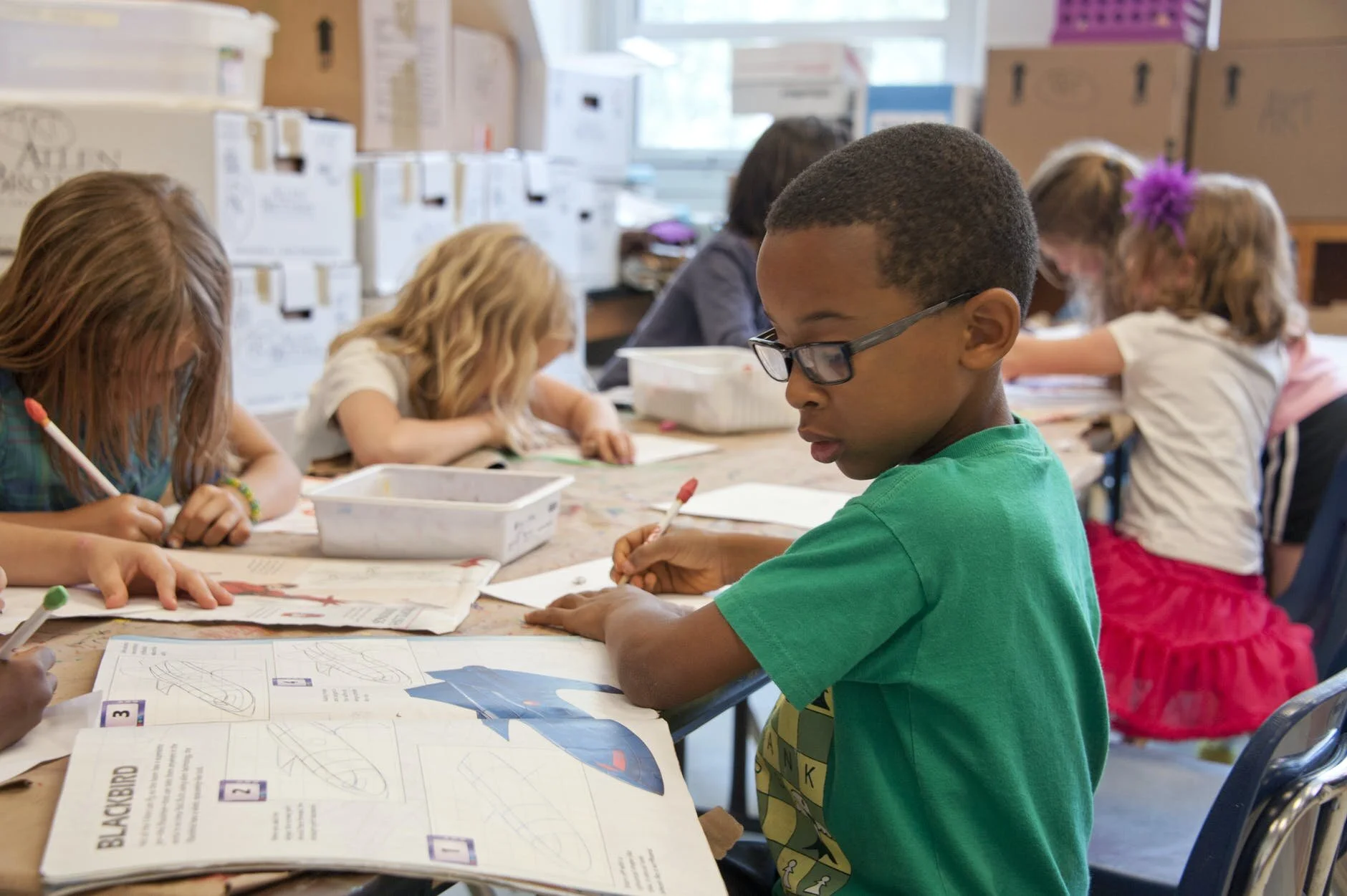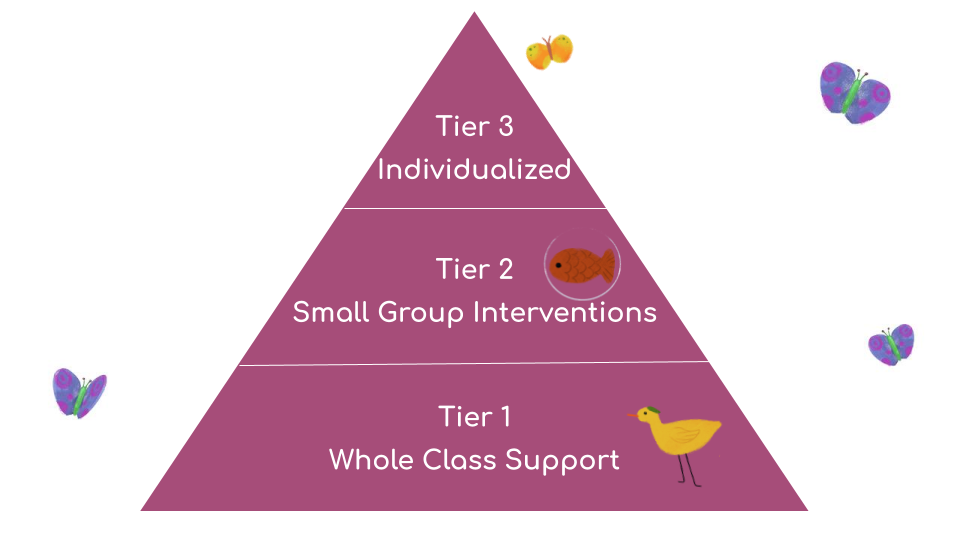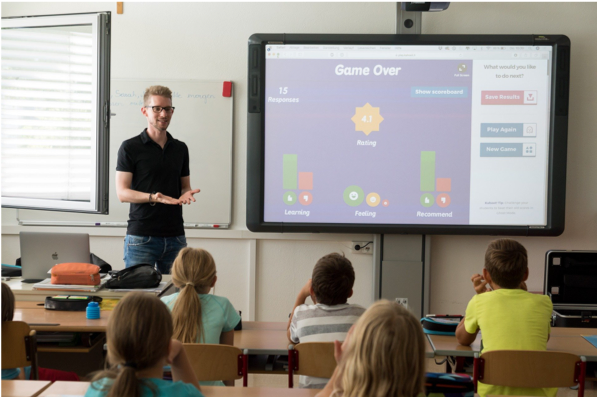What is MTSS?
A child’s ability to learn is dependent on a series of factors. Are basic needs being met? Is there a sense of safety? Are the child’s emotional needs being met? A child who is struggling with behavioral, emotional, and social challenges may also be struggling with academic challenges. Multi-tiered systems of support (MTSS) is a framework used by schools to address and identify students struggling with these challenges. MTSS recognizes that academic and behavioral success work hand-in-hand. Students will feel more confident and equipped to meet their goals, whether personal or academic, when they have the skills they need to problem solve, make responsible decisions, and empathize with others.
The National Association of School Psychologists define MTSS as:
“A systemic, prevention-focused framework for addressing students’ academic and behavioral needs through the integration and continuous improvement of systems and services. Includes universal, evidence-based supports that create a positive learning environment and engages all students in high quality learning, and more intensive evidence-based supports for students who have higher levels of need.”
Through MTSS the academic, behavioral, social and emotional needs of each student can be addressed. MTSS focuses on all learners with multiple levels of instruction. No matter which tier a child may fall into, each child is met with encouragement and a school culture that fosters a sense of safety and belonging.
The MTSS framework is a comprehensive integration of Response to Intervention (RTI) and Positive Behavior Intervention and Supports (PBIS). However, there are differences between MTSS, RTI and PBIS:
RTI:
This model focuses on academics. There are three levels of intervention in the RTI model and more intensive help is provided in the second and third levels. Everyone is screened and testing is provided to see if students are responding to the interventions. Interventions used in this model are supported by research.
PBIS:
This is a school-wide system in which expectations for positive behavior are taught in a consistent and positive manner. It uses three tiers of support similar to MTSS and focuses on preventing unsafe or negative behavior rather than just punishing it when it happens. It is important to remember that each student is different so many kinds of behavior support may be needed. Research is used for teaching approaches and data is used to develop appropriate behavior interventions.
MTSS:
This three-tiered model covers support for academic, behavioral, social and emotional learning. It includes professional development for staff and focuses on a teamwork approach to providing support to struggling students.
Tiers of Support
Made up of three tiers, each tier in the MTSS framework increases its intensity of support while relying on evidence-based strategies. For example:
Tier 1 - Whole class:
Provides foundational or universal support provided to all students. In this tier, a foundation is built for the skills needed to meet a school’s expectations for positive behavior. All of the students are screened to see who is and who isn’t responding to the evidence-based strategies used here.
Tier 2 - Small groups:
In this tier, specified groups who have not responded to the support in tier one receive extra support for social skill development. These may also be short-term interventions.
Tier 3 - Individualized support:
The third tier focuses on individualized, intensive support addressing specific needs of students and the factors that may be contributing to their negative behavior.
The goal of MTSS is to screen all students early, provide targeted support quickly, and keep track of progress to ensure interventions are working. If there isn’t enough progress being made in Tier 3, the next step may be a special education evaluation. MTSS can provide the data and documentation needed to begin developing an Individualized Education Program (IEP) at this stage. Parents do not need to wait until their child is in Tier 3 to request an evaluation for special education.
MTSS and SEL
Addressing each child’s emotional well-being this year is critical as educators navigate how to establish a routine, provide support in-person or virtually, and ensure each child achieves academic success. These new challenges are an addition to the academic and behavioral challenges that some children may have already been facing. Tiers of support can help educators identify where each child is struggling, meet them where they are, and provide the support and instruction they need to feel safe and successful in any environment. It is also important to identify students who may have recently experienced or been exposed to trauma as they may need the individualized support found in Tier 3.
We need to be able to first identify our emotions before we can successfully regulate them so that we can express emotions such as anger in a way that keeps others safe. For example, a child who is struggling with parents who aren't getting along may be expressing his anger and this anger may be reflected through his behavior in a way that is actually unsafe for other children, such as through hitting or disrespecting boundaries. A child struggling with these emotions may need extra, individualized support. It is for this reason it is important to include SEL into all three tiers of MTSS.
According to the Collaborative for Academic, Social, and Emotional Learning (CASEL), “SEL programs and approaches are often seen as an important component of universal approaches within MTSS, because they are designed to promote positive academic and behavioral outcomes in all students.”
What does SEL support look like within MTSS? If your school already uses MTSS or is looking to use MTSS here are some suggestions of how to ensure SEL is included in the framework:
Team up with staff and specialists to go over assessments and determine intervention strategies
Develop strategies to help students learn how to recognize their emotions and manage how they react to those feelings
Use a SEL curriculum or program that works best to fit your students’ needs
Encourage professional development for staff in SEL
Provide daily tips to staff on how to model social skills such as generosity, patience, coping strategies for emotions such as anger
Use screening assessments such as the DESSA Assessment to assess which skills each child needs the most guidance and support
Set a clear understanding of expectations for positive behavior: social and emotional competencies should have a connection to these expectations
Prioritize wellness of staff and support self-care practices
Communicate and partner with families so they can understand the interventions and provide additional support at home
An example of an MTSS and SEL model used by Chicago Public Schools outlines the support provided by Tier 1 and the interventions provided by Tiers 2 and 3. Additionally, Kansas, New York, North Dakota, and Tennessee’s SEL resources, standards, or competencies are aligned with or support MTSS.
MTSS during COVID-19
As teachers face new challenges this fall, using a MTSS model may need to look differently, especially if there is an increase in learning gaps due to the school closures and needing to adjust to distance learning last spring. A lack of participation from students who may be struggling with virtual learning, whether because of lack of access to technology or lack of support at home, makes it even more difficult for teachers to identify who needs small group or individualized support in addition to the universal support provided in Tier 1 of a MTSS model.
Students who were already receiving Tier 2 and Tier 3 support prior to the school closures last spring may have regressed in any progress they might have made. These students may also need more support with developing self-management skills, which are important to introduce as foundational guidance in Tier 1 and are especially important to have for virtual learning. Teachers may need to engage additional students in a more intense MTSS level if they are struggling at home with distance learning. If your school uses MTSS here are a few tips for continuing to provide support during this time:
Screening students for academic, behavioral, social and emotional challenges and implementing interventions during distance learning:
It is important to identify the students who were affected academically during the school closures. Keeping track of behavioral, social and emotional development during distance learning may be more difficult but there are certain signs to be aware of (participation, body language, etc.). Communicate with parents of children who were receiving small group or individualized support on how they can continue to provide intervention strategies and measure progress at home. Teachers and specialists should communicate with parents often to identify specific challenges a child is facing and develop intervention plans to address those challenges. All of this will be important groundwork to establish for when students return to school in-person.
Using MTSS when going back to school in-person:
Once your school reopens for in-person learning, quickly provide screening and work with your team of teachers and specialists to develop and implement interventions based on those who were struggling prior to school closures and those who struggled during distance learning. If your school feels overwhelmed with an increase of students who fall into Tier 2 and Tier 3 they can create a group in Tier 1 to keep watch on.
Supporting the emotional well-being of our students, and addressing behavioral and academic challenges are all important steps for fostering a positive environment and strengthening a child’s ability to learn. How can we create an environment that supports the social and emotional well-being of all students?
Notice signs of trauma
Ask about their day, how they are feeling
Acknowledge feelings, it’s okay to feel sad, scared, angry
Problem solve together
Foster relationships, help children identify their support systems
Prioritize mental health awareness
Establish rules and expectations for positive social, emotional, and academic behaviors
Have established screening/assessments for social emotional needs that may need extra support
Teach, model, and practice positive social and emotional skills
Build positive relationships between teachers and students
These are all important steps to take to lay a foundation for a supportive environment. MTSS and SEL work hand in hand to also ensure each child will feel successful and no one will have to face their challenges alone.





